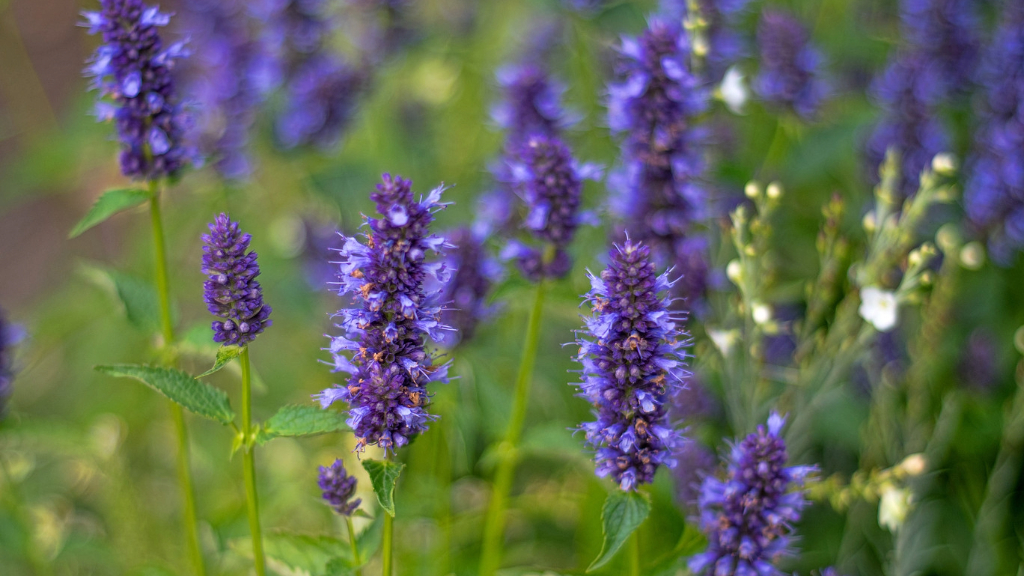Hyssop Plant Information


Hyssop (Hyssopus officinalis) is an evergreen shrub with thin, pointy, deep green leaves and narrow spikes of blue, white, pink or purple blooms, depending on the variety. Some say hyssop is a purifying herb that cleanses the home when hung at doors or windows. According to folklore, the plant also offers protection from the evil eye. There's one thing we know for sure: Growing hyssop plants is easy, and the attractive, strongly scented plants attract hummingbirds and a variety of beneficial insects, including butterflies and bees. Read on for more hyssop plant information.
Hyssop Plant History
Hyssop is mentioned frequently in the Bible, which indicates the plant was used to cleanse both homes and people, often in a ceremonial or symbolic manner. The plant, which is native to Southern Europe, has been used medicinally for a number of maladies, including colds and congestion, shortness of breath, bruises, muscle aches, head lice, to prevent spread of infection and to stimulate menstrual flow. Today, the plant is frequently planted for its ornamental value and attractive flowers that bloom from mid-summer to fall. However, herbal medicine practitioners still use hyssop leaves and oil for skin irritation, asthma, sore throats, indigestion, insect bites and as an insect repellent. That being said, experts warn that the plant should be used sparingly and with great care, as hyssop is a powerful herb that can cause convulsion or seizures when taken in large amounts. Most sources say the herb is safe in small quantities, but warn that it shouldn't be used by pregnant women. In the kitchen, dried hyssop leaves add flavor to soups, stews, liquors and salads.
Growing Hyssop Plants
Plant hyssop seeds in springtime. Hyssop prefers a sunny spot where the soil drains well, as hyssop, like most herbs, won't survive very long in soggy ground. If you have access to a mature hyssop plant, you can propagate a new plant from cuttings during the summer. Harvest hyssop any time of year, preferably in the morning after the dew has evaporated. Gather the cuttings in small bunches and hang them upside-down in a dark, well-ventilated room. Store the whole, dried leaves in airtight containers.
Sign up for the Gardening Know How newsletter today and receive a free copy of our e-book "How to Grow Delicious Tomatoes".

A Credentialed Garden Writer, Mary H. Dyer was with Gardening Know How in the very beginning, publishing articles as early as 2007.